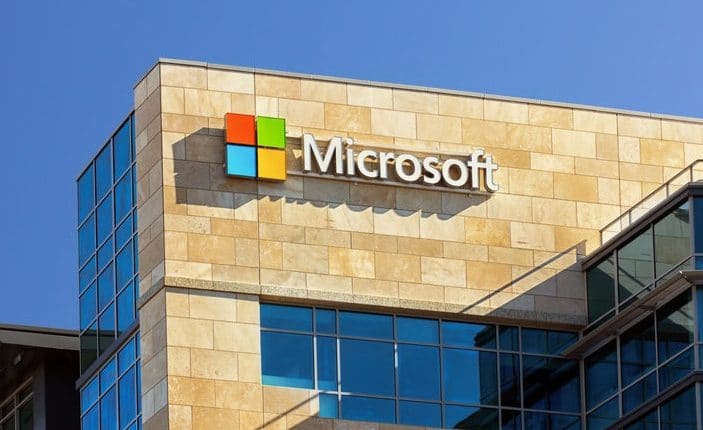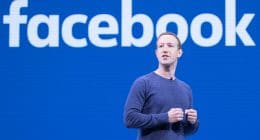Three months after the reveal of powerful AI-powered Bing and Edge, tech titan Microsoft announced that it is opening up its Bing AI service to more users. In a blog post, the company announced that it is making its Bing GPT-4 chatbot available to everyone, starting today, and doing away entirely with the waitlist.
Users who are interested in accessing the open preview version that’s powered by GPT-4 need to sign in to the new Bing or Edge with their Microsoft account. The removal of the waitlist is expected to drastically increase the number of individuals who can access the new AI-powered Bing search engine – so far, Bing has grown to have more than 100 million daily active users, while the daily installs of the Bing mobile app have increased by four times since its launch, Microsoft noted. The company further claims that in the three months since it was revealed and the limited preview was launched, users engaged in over half a billion chats and used chat features for various reasons. Furthermore, it claimed that users had created over 200 million images with Bing Image Creator as well.
This move by Microsoft has the potential to significantly impact the generative AI sector, as it provides a platform for the company to showcase its AI capabilities to a wider audience. As more users begin to use the AI-powered Bing search engine, Microsoft will be able to gather more data about user behavior, which can be used to further improve the search experience and develop new AI-powered applications. It will also give it an edge over its competition – mainly Google.
“We’re still learning, but we’re ready to take that next step,” Yusuf Mehdi, Microsoft’s consumer chief marketing officer, said. “All of the work these last couple of months, all of the work we’ve done on the safety and responsible AI, we think is landing in a way that has us comfortable to do that next step.”
While Google remains the biggest player in the search advertising sector, the new AI-powered Bing and Edge have quickly begun to recover lost ground. The company has already integrated the GPT-4 AI model into its Bing search engine and Microsoft 365 productivity software. Add to that Bard’s less-than-stellar performance (as compared to ChatGPT), and it would not be a stretch to say that Microsoft is currently ahead in the rapidly-intensifying AI race.
Apart from bringing the new AI-powered Bing search engine to open preview, Microsoft is also bringing upgrades to Bing Chat with new features, plug-in support, expanded capabilities of Image Creator, and more changes. For one, Microsoft will now let developers and third parties build on top of Bing, while it is adding a way to let users get back to previous chat conversations – a chat history – which ChatGPT has offered for months. Additionally, going forward, Microsoft also aims to add export and share functionalities to its Bing Chat, as well as improved summarization capabilities for long documents such as PDFs and longer-form websites
For another, the company said that it was adding more visuals to, and moving from, text-only search and chat. Answers will now contain elements such as charts, graphs, and updated formatting. The Image Creator is also getting more multilingual support – Microsoft is adding support for over 100 languages to let users create images in their native languages. Edge is getting an update as well – with the redesign when people open a result that appears during a Bing chat, Microsoft will remove the chat to a sidebar. Over time, multimodal support will arrive as well – Microsoft noted that it will allow users to search by uploading a photo and having the AI analyze and respond accordingly. And if this is not enough, Microsoft is collaborating with OpenTable to integrate its plugin that allows restaurant bookings through Bing Chat, and with WolframAlpha to create visualizations.




